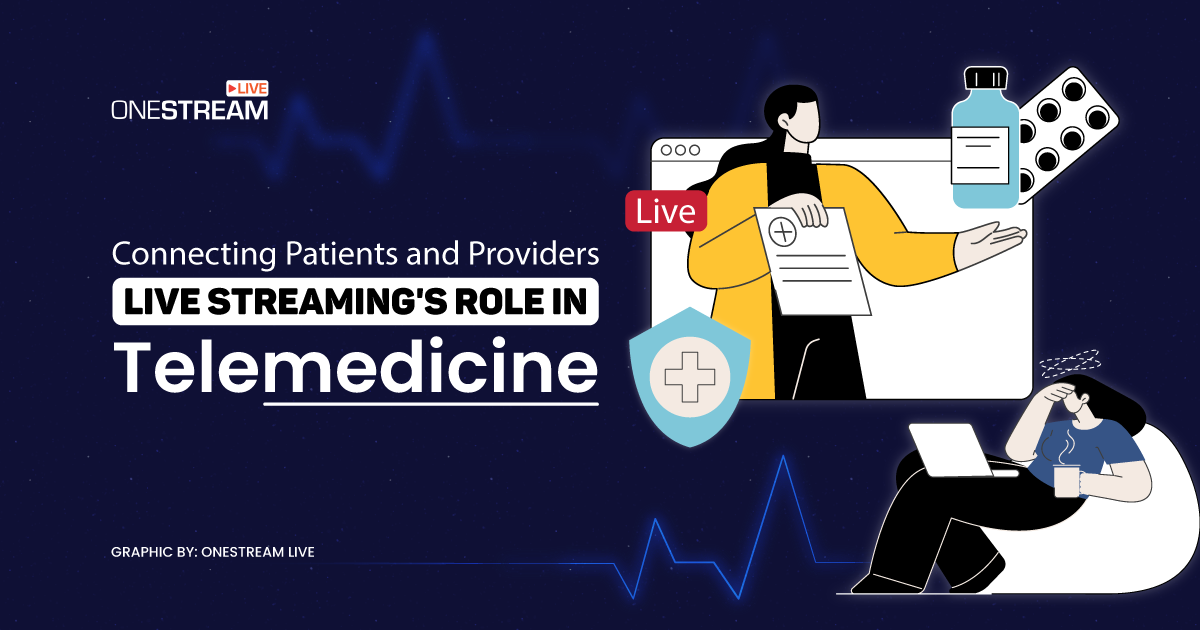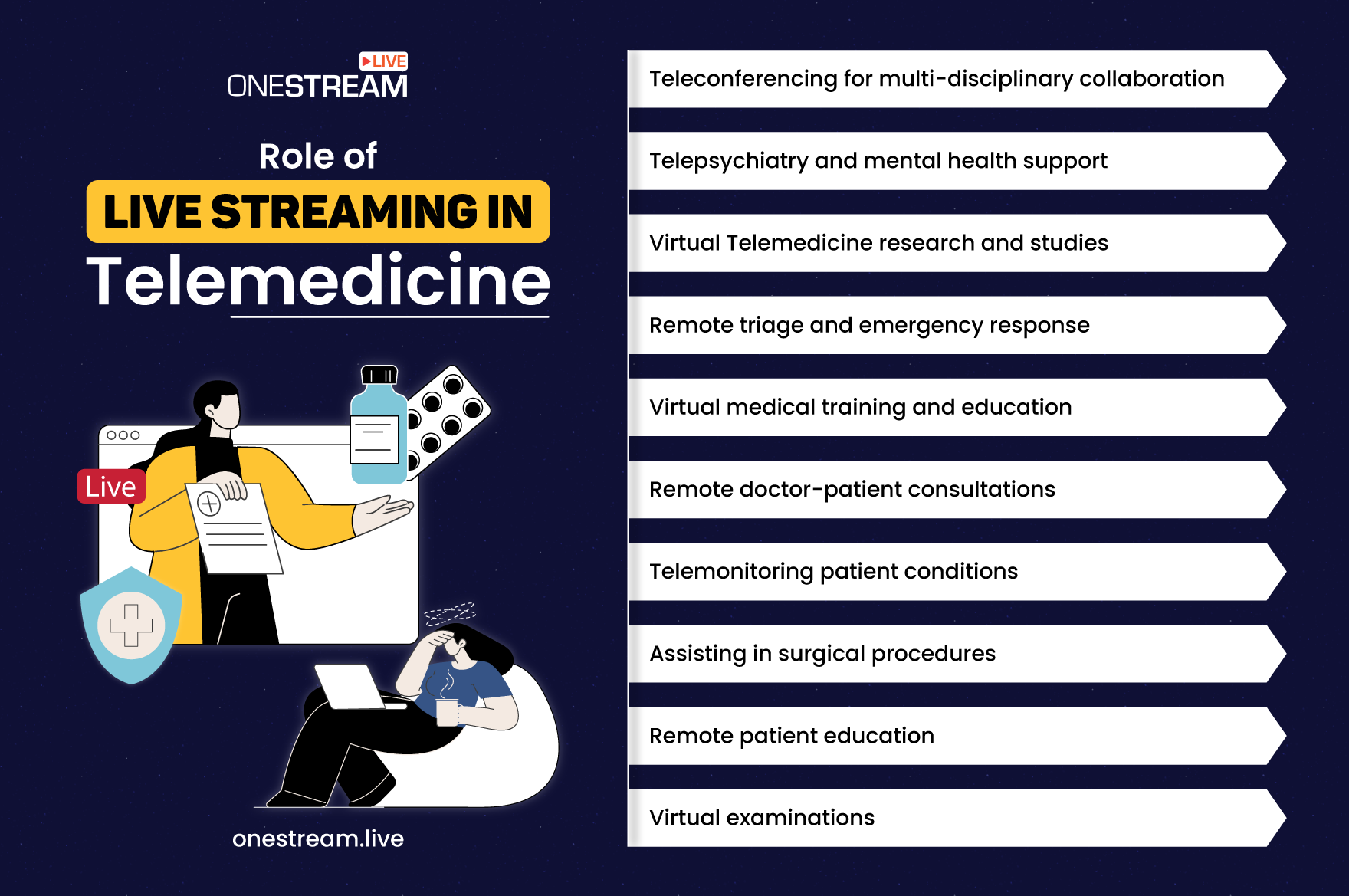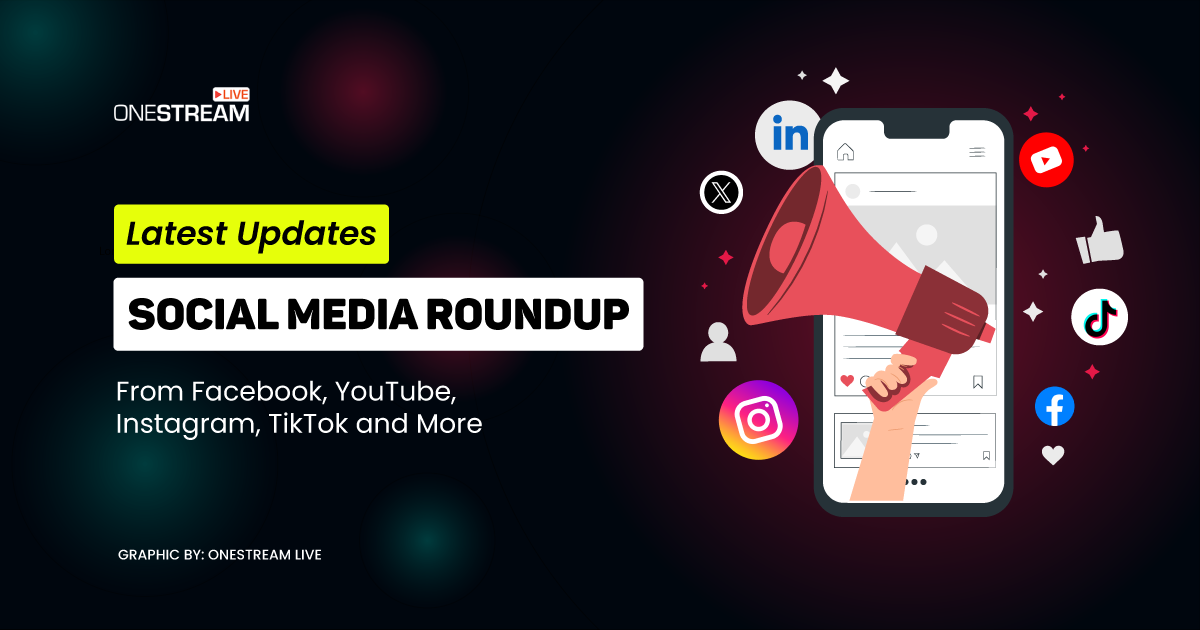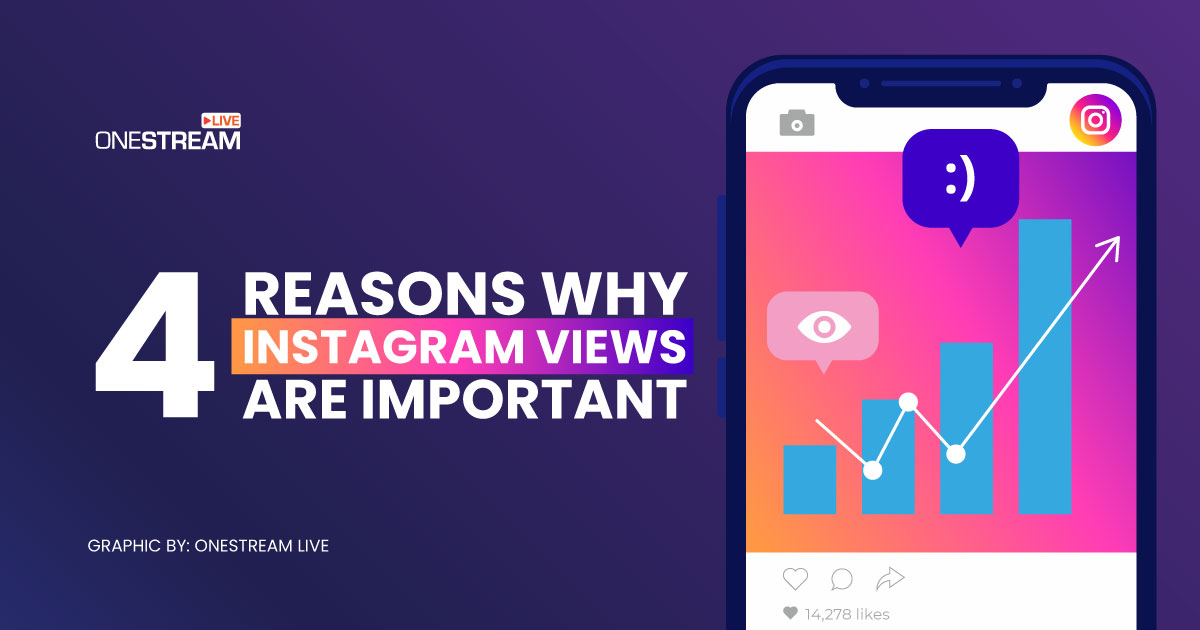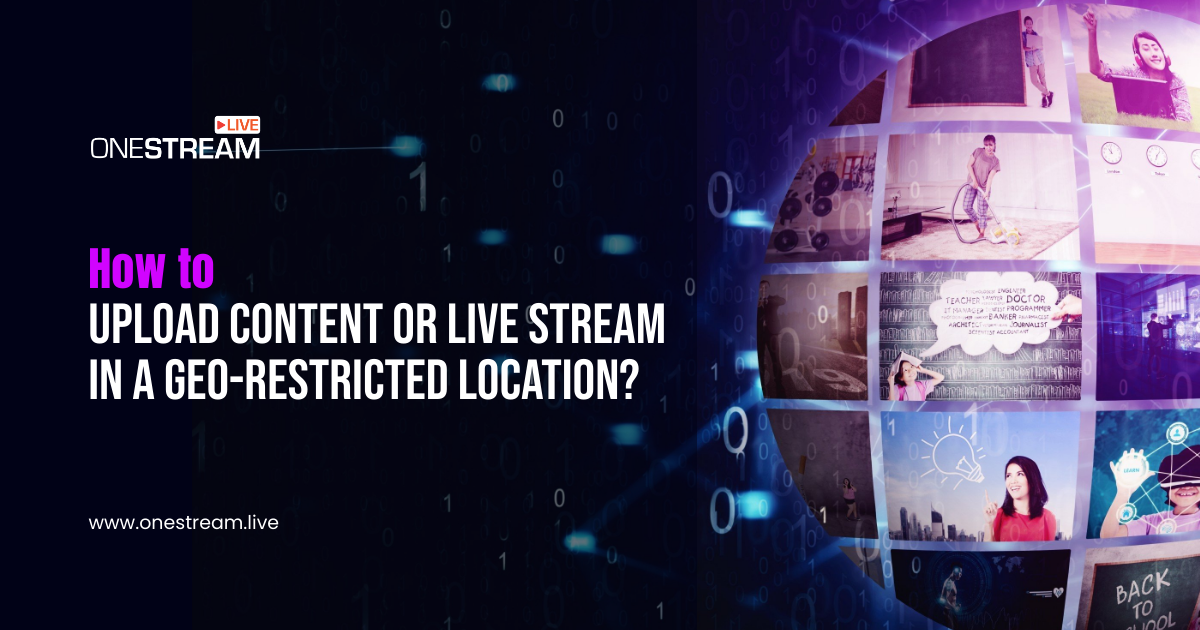Telemedicine has revolutionized the healthcare industry by bridging the gap between patients and providers. With the advent of medical live streaming, patients can now receive timely and quality healthcare services, irrespective of their location. But what exactly is telemedicine in healthcare? And where does live streaming in healthcare fit into the picture? Join us as we explore the world of telemedicine and explore how medical live streaming is transforming the way we access healthcare services.
In this Article:
What is Telemedicine
Imagine being able to consult with a healthcare professional without having to leave the comfort of your own home. That’s the power of telemedicine. Telemedicine, simply put, is the use of technology to provide remote healthcare services. It allows patients and providers to connect virtually, breaking down barriers of distance and time. With telemedicine, patients can receive medical advice, diagnosis, and even treatment without the need for a physical visit to the doctor’s office. Whether it’s a routine check-up or managing a chronic condition, telemedicine brings healthcare right to your fingertips, making quality care more accessible and convenient for everyone.
Role of Live Streaming in Telemedicine
Remote doctor-patient consultations:
Live streaming in healthcare enables remote doctor-patient consultations to take place in real-time, bridging the distance between healthcare providers and patients. Through secure video platforms, patients can interact with doctors as if they were in the same room, discussing symptoms, receiving diagnoses, and discussing treatment options. This convenient approach eliminates the need for unnecessary travel and minimizes waiting times, ensuring timely access to medical expertise. Telemedicine in healthcare truly comes alive through the power of live streaming.
Virtual examinations:
With medical live streaming, healthcare providers can conduct virtual examinations from afar. Using high-quality video and audio, doctors can visually assess patients, observe physical symptoms, and ask questions about their medical history. This technology enables effective communication between doctors and patients, empowering healthcare professionals to provide accurate diagnoses and appropriate treatment plans, even without being physically present. Virtual examinations through live streaming bring the consultation room to your home, making healthcare more accessible and efficient.
Teleconferencing for multi-disciplinary collaboration:
Live streaming in healthcare extends beyond doctor-patient interactions by facilitating teleconferencing for multi-disciplinary collaboration. Healthcare professionals from different fields can connect virtually, sharing their knowledge and expertise to provide comprehensive care for patients. Through live streaming, doctors, specialists, nurses, and other healthcare providers can participate in virtual meetings, discussing cases, analyzing test results, and collectively deciding on the best course of action. This collaborative approach enhances patient outcomes and promotes seamless communication among the healthcare team.
Telemonitoring patient conditions:
Medical live streaming allows healthcare providers to remotely monitor patients’ conditions in real-time. By leveraging connected devices and wearable technology, vital signs such as heart rate, blood pressure, and blood glucose levels can be transmitted via live streaming, providing continuous healthcare oversight. This type of telemonitoring enables doctors to track patient progress, adjust treatment plans accordingly, and intervene promptly in case of any concerning changes. Live streaming in healthcare empowers providers to offer personalized care from a distance, ensuring patient safety and well-being.
Assisting in surgical procedures:
Live streaming plays an integral role in assisting surgical procedures from afar. Surgeons can use live video feeds to consult their colleagues in real-time, seek second opinions, or guide less experienced surgeons through complex operations. By connecting multiple locations, live streaming ensures that expertise is readily available, regardless of geographical barriers. This collaboration elevates the quality of surgical interventions, enhances patient safety, and fosters continuous learning within the surgical community.
Telepsychiatry and mental health support:
Telemedicine in healthcare extends its reach to the field of mental health, thanks to live streaming technology. Through secure video platforms, patients can access telepsychiatry services, receiving mental health evaluations, therapy sessions, and medication management from the comfort of their homes. Live streaming facilitates a confidential and convenient environment where patients can connect with mental health professionals, ensuring they have the support they need, regardless of their location. Virtual mental health support through live streaming breaks down barriers and promotes mental well-being for all.
Remote patient education:
Live streaming in healthcare also serves as a powerful tool for remote patient education. Medical professionals can conduct virtual sessions to educate patients about their conditions, treatment options, and preventive measures. By sharing informative videos, presentations, and interactive discussions, patients can access valuable healthcare knowledge from the comfort of their homes. Whether it’s learning about managing chronic conditions or understanding post-surgical care, live streaming brings healthcare education to your screens, empowering patients to take an active role in their well-being.
Virtual medical training and education:
Medical live streaming revolutionizes medical training and education by providing virtual platforms for aspiring healthcare professionals. Whether it’s medical students, residents, or practicing doctors seeking continuing education, live streaming offers access to virtual conferences, webinars, and workshops. Through live-streamed surgical demonstrations, simulations, and case discussions, learners can acquire knowledge, refine their skills, and stay up-to-date with the latest medical advancements. Live streaming in healthcare makes education accessible globally, enabling the dissemination of medical expertise and fostering professional growth.
Remote triage and emergency response:
In times of emergencies and urgent medical needs, live streaming plays a vital role in remote triage and emergency response. Through live video consultations, healthcare providers can assess patients, determine the severity of their condition, and guide them to appropriate levels of care. Real-time collaboration among emergency response teams and hospitals helps expedite decision-making, reducing treatment delays and saving lives. Live streaming enables efficient triage and emergency response, ensuring that patients receive timely and appropriate medical intervention, wherever they may be.
Virtual Telemedicine research and studies:
Live streaming in healthcare drives forward telemedicine research and studies. Researchers can collaborate virtually through live video discussions, data sharing, and analysis. Live streaming technology becomes an essential tool for conducting surveys, interviews, and remote clinical trials. By connecting researchers from different locations, live streaming fosters innovation, accelerates discoveries, and expands the knowledge base in telemedicine. It enables the global exchange of scientific insights and supports evidence-based advancements in healthcare delivery models.
How to Use OneStream Live for Telemedicine
OneStream Live is an incredible cloud-based live streaming solution that allows users to seamlessly broadcast pre-recorded videos or host live sessions. One of the standout features of OneStream Live is its compatibility with various third-party applications like OBS, Zoom, Streamlabs, Ecamm, and more. This means that healthcare professionals can effortlessly integrate their preferred streaming tools and software with OneStream Live, making the streaming process a breeze.
With OneStream Live Studio, users can even live stream directly through their web browser. It lets healthcare providers stream their sessions or videos simultaneously across multiple social platforms and websites. This amplifies their reach and engagement, ensuring that their message and expertise can reach as many patients and medical audiences as possible.
For those without a dedicated website, OneStream Live offers Hosted Live Pages. This feature enables users to create personalized webpages tailored specifically for live streaming. It’s a fantastic way to establish a unique and professional online presence, even without having a standalone website for your telemedicine services.
Let’s explore how the various features of OneStream Live can enhance the telemedicine experience:
- Social Media Streaming: OneStream Live allows telemedicine professionals to live stream their sessions directly to multiple social media platforms. This feature expands their reach and enables them to connect with a wider audience, ensuring that their medical expertise and care can reach more patients.
- Playlist Streaming: With OneStream Live, telemedicine practitioners can create playlists of their pre-recorded videos or sessions. This feature enables them to schedule and automate the broadcasting of multiple videos, making it easy to provide consistent and regular healthcare content to their patients.
- Embed Player: OneStream Live provides an embed player feature, allowing telemedicine professionals to embed the live stream directly on their website or blog. This enables them to maintain a seamless user experience for their patients, who can easily access the live stream without having to navigate away from the practitioner’s website.
- Captions: To enhance accessibility, OneStream Live provides captioning options for live streams. This feature allows telemedicine practitioners to provide captions in real-time for their sessions, making their content more inclusive and accessible to individuals with hearing impairments.
- Recording: OneStream Live allows practitioners to record their live streaming sessions, ensuring that the content can be archived and made available for future reference. This feature enables telemedicine professionals to review their sessions, improve their practice, and share recorded sessions with patients who may have missed the live stream.
- Live Unified Chat: OneStream Live’s live unified chat feature enables telemedicine practitioners to engage with their patients in real-time during the live stream. It facilitates communication, allowing patients to ask questions, share concerns, and receive immediate responses, creating a more interactive and personalized telemedicine experience.
- ABR Streaming: OneStream Live offers Adaptive Bitrate (ABR) streaming, which automatically adjusts the quality of the video stream based on the viewer’s internet connection. This feature ensures that the live stream remains smooth and uninterrupted, even for viewers with inconsistent or slow internet connections.
- Invite Guests: Telemedicine practices often involve collaboration with guest medical professionals or experts. OneStream Live allows practitioners to invite guests to join their live streaming sessions, facilitating discussions, knowledge-sharing, and enhancing the value they provide to their patients.
- Branding Tools: With OneStream Live, telemedicine practitioners can customize their live streaming experience with branding tools. This feature enables them to add their practice’s logo, graphics, and other branding elements to enhance their professional image during the live stream.
- Screen Share and Media Integration: OneStream Live’s screen share feature allows telemedicine professionals to share their screens during the live streaming session. This functionality enables them to display medical records, images, slides, or other media that may be necessary to effectively communicate and explain medical concepts to their patients.
Final Words
Live streaming in healthcare is an integral part of telemedicine, revolutionizing the way we receive and deliver medical care. From remote doctor-patient consultations to virtual examinations, teleconferencing for multi-disciplinary collaboration, telemonitoring patient conditions, supporting surgical procedures, providing mental health support, remote patient education, virtual medical training, remote triage, and emergency response, as well as facilitating telemedicine research and studies, live streaming empowers healthcare providers and patients alike. With live streaming technology, the barriers of distance disappear and quality healthcare becomes accessible to all, creating a truly connected and inclusive healthcare ecosystem.
OneStream Live is a cloud-based live streaming solution to create, schedule, and multistream professional-looking live streams across 45+ social media platforms and the web simultaneously. For content-related queries and feedback, write to us at [email protected]. You’re also welcome to Write for Us!

